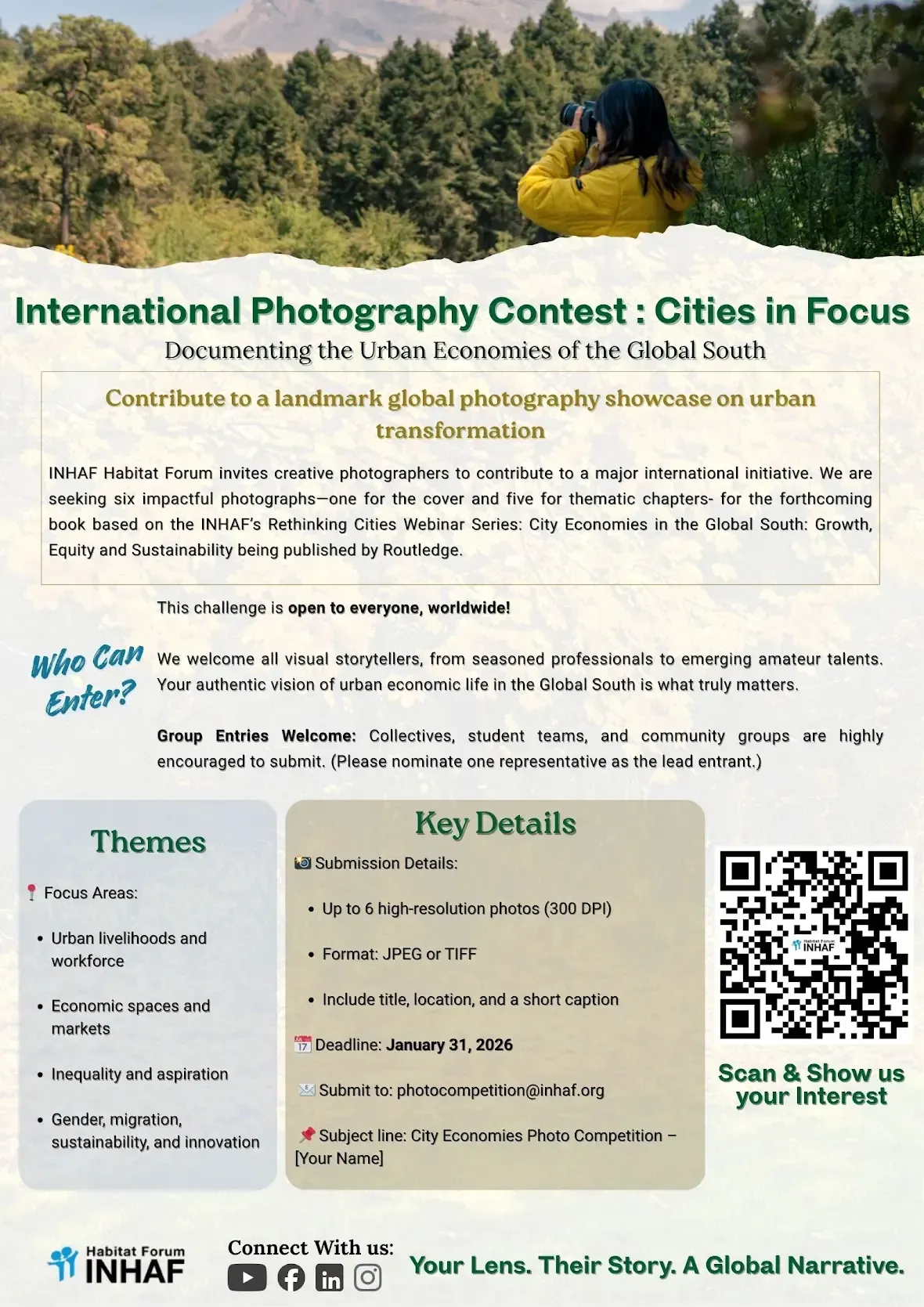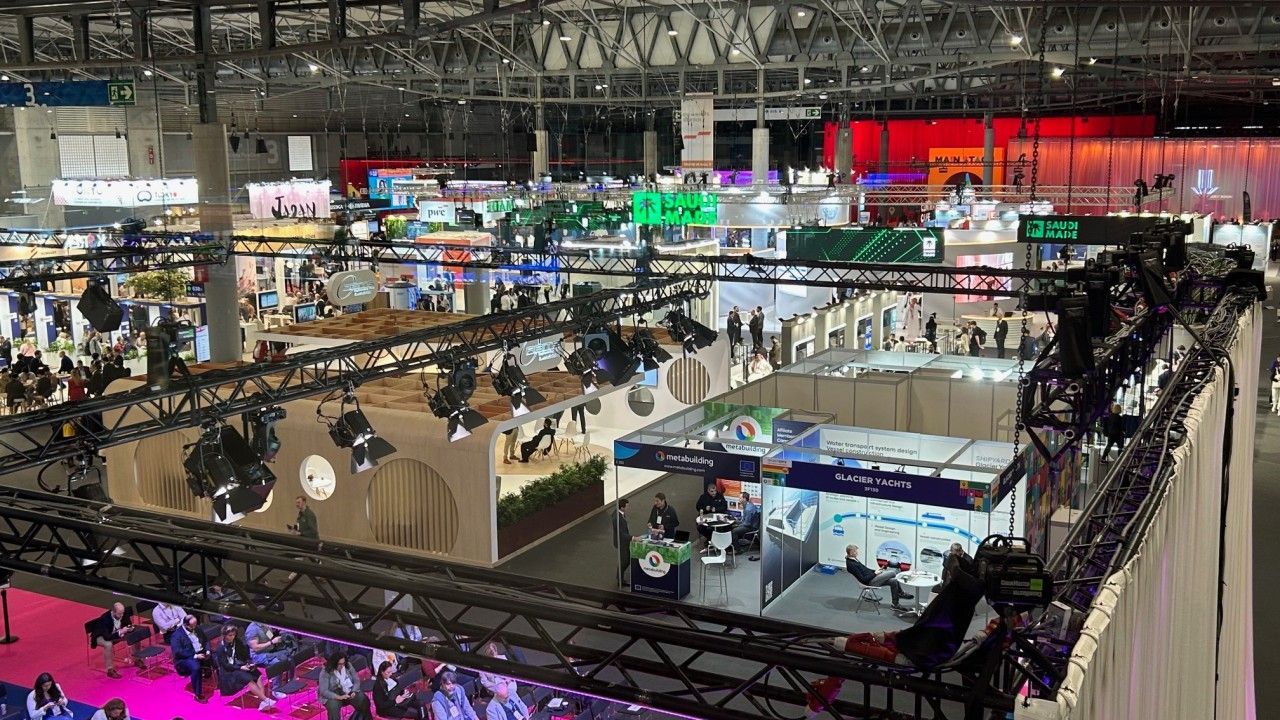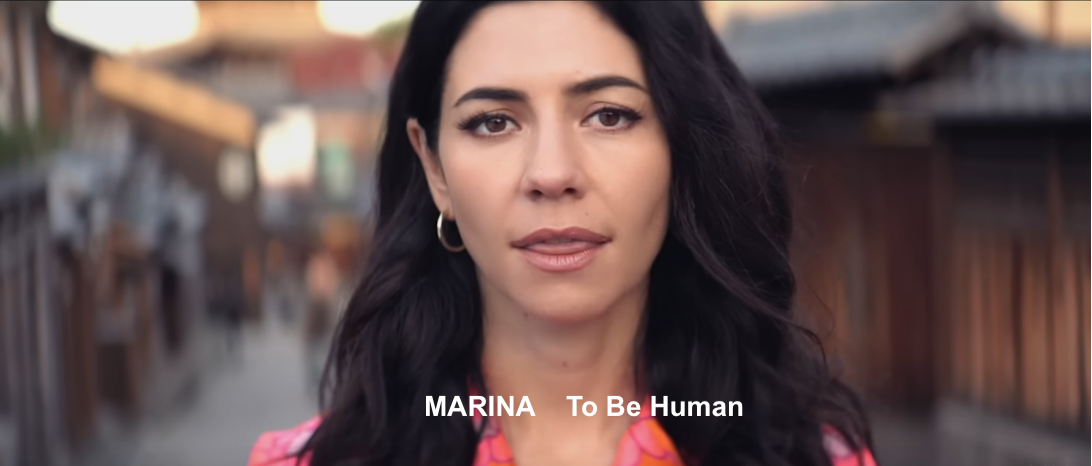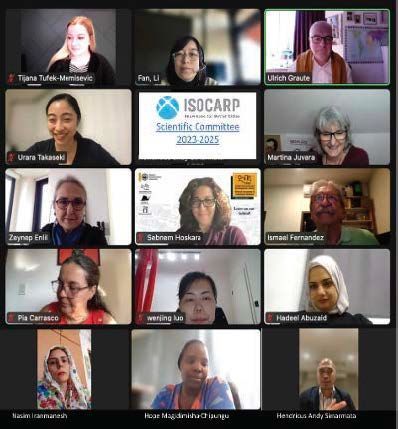Sustainable Germany (14): Mannheim's Local Green Deal and the Mannheim Message of European Mayors
Achieving Climate Neutrality by 2030
World leaders are currently gathering in Glasgow for the 26th UN Climate Change Conference of the Parties (COP26). Hopefully, they will commit to more ambitious climate action and find answers to the worrying global impacts of climate change. However, much of the response will have to be at the local level. Cities are where both the concrete impacts and the local capacity to find solutions come together. Cities have the power to unlock the potential for ambitious local climate action for a carbon-neutral and socially just future.
Therefore, it is good that cities and regions are present in Glasgow. ICLEI and the Scottish Government in cooperation with Cities and Regions in the UNFCCC processes joined up and host a Multilevel Action Pavilion @ UNFCCC COP26 [1]. On 2 November 2021 the City of Mannheim organized at the pavilion a session 'The Local Green Deal – Achieving Climate Neutrality by 2030 with Mannheim's Innovative Governance Approach'. It explored Mannheim’s innovative Local Green Deal and how the model could be applied in other cities around Europe and the world.
Leitbild Mannheim - guiding principles for the City of Mannheim
The City Council of the City of Mannheim adopted in 2019 a Leitbild Mannheim 2030 describing seven focus areas for its future development. [2]
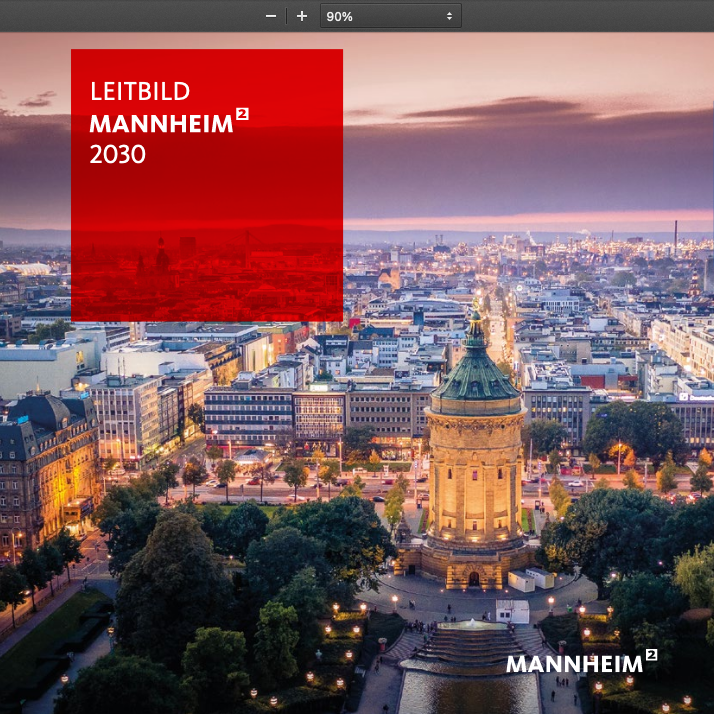
Mannheim understands by Leitbild this:
- An endeavor to describe what life will be like in Mannheim in the coming years and what it means to be a native of Mannheim; it is regularly checked and updated;
- Something to tackle; a tool to enable urban society to participate meaningfully in the future of the city;
- A guideline to address a range of measures in such a way that the short-term achievements enable the implementation of long-term goals;
- No plan to replace all other strategies; we acknowledge that, in addition to the model, other strategies are being implemented in the city administration and together we ensure that these are in line with the model;
- It will be particularly effective if the city community commits itself to acting consistently in accordance with the 17 sustainability goals;
- No bureaucratic stop sign and will not stop innovation and other work in the city.
Leitbild Mannheim 2030, page 6.
Strategic goals
At the centre of the Leibild are seven strategic goals
- Mannheim guarantees educational equity and prevents poverty. The social and cultural participation for all Mannheimers (i.e. the people living in the city) is ensured.
- Mannheim offers an exemplary urban quality of life with high a standard of security as a basis for a healthy, happy life for people of each age and through which the city gains the support of the people.
- Mannheim's urban society is shaped by solidarity and it is for other metropolises a model for living together. Assured are the equality of the sexes and the recognition of diverse human identities and life designs.
- Mannheim is characterized by a strong urban society and good administrative management. The Mannheimers make active use of possibilities to engage in the development of their city through democratic and transparent processes.
- Mannheim as a digital and innovative metropolis provides the requirements for companies of all sizes to realize diverse and sustainable value added value as well as to attract talents and specialists.
- Mannheim is climate-friendly - and in future will be a climate-neutral - and resilient city serving as an example for environmentally conscious life and action.
- Mannheim is a role model for them international cooperation of cities. Communal development policy and responsible consumption contribute to global justice and sustainable international politics.
The city administration of Mannheim undertakes to implement the above goals in financially sustainable way without spending more than it collects. All decisions by the City Council and the Mayor must be made taking into account financial consequences. However, to make best use of available financial resources the mission statement is considered as providing an apropriate framework.
The Mannheim Message
With the Mannheim Message, the mayors and decision-makers of Europe’s cities and regions are responding to the European Green Deal. Launched in the context of 'Mannheim2020 - the 9th European Conference on Sustainable Cities and Towns', 30 Sept-2 October 2020, the document builds on the legacy and principles of the Aalborg Charter (1994), the Aalborg Commitments (2004) and the Basque Declaration (2016) and reflects the aim of integrated sustainable urban and regional development, as supported by the Leipzig Charter. Today, one year since its launch, 54 cities or region, 61 organisations, and 127 individuals have endorsed the Mannheim Message [3].
Mayors endorsing the Mannheim Message sign up to this:
"We, mayors and decision-makers of European cities and regions, actively support the European Green Deal by developing and implementing Local Green Deals together with our local communities. Our Local Green Deals will bring together our citizens and stakeholders around a strategy aligned with the goals, priorities and principles of the European Green Deal and the New Leipzig Charter."
An they therefore propose that both their Local Green Deals and the European Green Deal be built upon the following five core systemic changes, for which the signatories commit to take action:
✪ Transformation of our current local infrastructure and systems
We will apply agile and innovative solutions to transform our local infrastructure and service systems for a post-carbon society, including smart digital technology and green and blue infrastructure, to improve the quality of our public spaces, support adaptation to climate change, enhance biodiversity, and support public health and quality of life.
✪ Local development beyond growth and competition
We will create local and regional economies that prioritize the protection of the climate, natural resources, biodiversity and ecosystems in economic development, and put the health and quality of life of current and future generations at their centre.
✪ Cooperation, solidarity and inclusion
We will build urban and regional communities on principles of participation, transparency, inclusion and non-discrimination that make our cities and regions attractive, safe and healthy homes for all residents.
✪ A lifestyle and culture of sufficiency and optimisation
We will ensure that our infrastructure, services, production methods and business models do not primarily support efficiency and maximisation of output, but circularity, sufficiency and optimisation, maintaining the value and utility of our assets in support of the quality of life for all. In this we note that culture is an important driver and supports dialogue and cohesion in the development and implementation of local sustainability strategies.
✪ Re-orientation towards the common good
We will implement a local and regional governance model that strengthens the common good with the help of co-creation and social innovation, and supports social economy approaches and new forms of social enterprises and investment, as well as public private people partnerships. In this we increase the resilience of our local economies and communities in line with our sustainability agenda.
Interested mayors may sign up to the Mannheim Message following this link:
https://conferences.sustainablecities.eu/mannheim2020/mannheim-message/
Mannheim's mayor on the Mannheim Message and Mannheim's Green Deal
Mannheim regards itself as pilot city to implement of the Local Green Deal (LGD). ICLEI interviewed Mannheim's Mayor, Dr. Peter Kurz, to reflect on how the Message – and its call to localise the EU Green Deal – has been implemented, and how he sees Mannheim’s sustainable future.[3]
Since last year’s conference, the City of Mannheim has taken great strides to localise the European Green Deal. What do your local “Mannheim Green Deals” look like, and how have you gone about crafting and implementing them?
Fortunately, we had already begun our transformation before the Mannheim Message was launched, so we weren’t starting from scratch. In fact, we have long been a “city of transformation”. However, the logical next step immediately after Mannheim2020 was to begin aligning our strategic mission statement, which is based on the UN’s Sustainable Development Goals, with the EU Green Deal targets.
Today, we are acting as a Local Green Deal (LGD) pilot city. This is a dynamic process – we see an LGD as a framework for concrete municipal and community action, and as a recovery and resilience plan to help transform our city and local economy towards sustainability and climate neutrality.
The first step in translating this vision into concrete action was to establish our Local Green Deal Office, which was charged with exploring the potential for tailored LGDs associated with each of our urban projects in the areas of climate, zero pollution, clean and circular economy, ecosystems and biodiversity, mobility, sustainable food, clean energy, and energy-efficient buildings. These tailored LGDs also had to incorporate the three cross-cutting themes of citizen and stakeholder participation, just transition, and knowledge transfer and innovation.
We then assessed the potential of LGDs for all departments’ and city enterprises’ projects, identified gaps in strategies and goals, and brought together ideas, projects and actors in a coordinated way.
The municipal council recently adopted an initial LGD and we set out new targets: Mannheim aims to reach climate neutrality by 2030.
Mannheim is an industrial city, so large companies play an important role in making their own relevant and visible contributions to this ambitious goal.
As such, they are central to our next step: the twenty companies that make up the Mannheim Climate Protection Alliance will present their proposals for climate action by the end of October.
How have the Mannheim Message’s five core systemic changes and nine policy shifts shaped your approach to Local Green Deals in Mannheim?
For readers’ context, those systemic changes are: 1) transformation of infrastructure, 2) development beyond growth, 3) cooperation and inclusion, 4) a culture of sufficiency, and 5) reorientation toward the common good. The nine policy shifts are: 1) safeguarding public income, 2) shifting taxes away from labour, 3) sufficient financial support, 4) local value chains, 5) integrated land use, 6) new use of urban space, 7) needs-driven research, 8) replacing products with services, and 9) guaranteed living income.
Our Local Green Deal brings together and concretises sustainability and climate goals, focuses on socially just transformation, uses funding and financing opportunities in a targeted manner, and integrates international commitments and networks. As such, the LGD is poised to catalyse best practice examples and projects which make the principles in the Mannheim Message a reality.
Organising and managing a programme as comprehensive as Mannheim’s Local Green Deal is quite ambitious. Clear communication, transparent policies and an enabling administration are decisive– the Mannheim Message has laid the groundwork for that.
Please find the full interview here:
[4]
[1] COP26 Multilevel Action Pavilion https://app.hopin.com/events/cop26-multilevel-action-pavilion/reception - accessed on 2 November 2021
[2] Stadt Mannheim: Leitbild Mannheim 2030
https://www.mannheim.de/sites/default/files/2019-09/MA_Leitbild_final_barrierefrei.pdf - accessed on 2 November 2021
[3] Mannheim Message
https://conferences.sustainablecities.eu/fileadmin/user_upload/_temp_/Mannheim2020/Message/Mannheim-Message.pdf - accessed on 2 November 2021
[4] ICLEI interview with Mannheim's Mayor, Dr. Peter Kurz
https://iclei-europe.org/news/?c=search&uid=dDql6oLF - accessed on 2 November 2021
Policies and Governance for Resilient and Sustainable Cities and Regions

